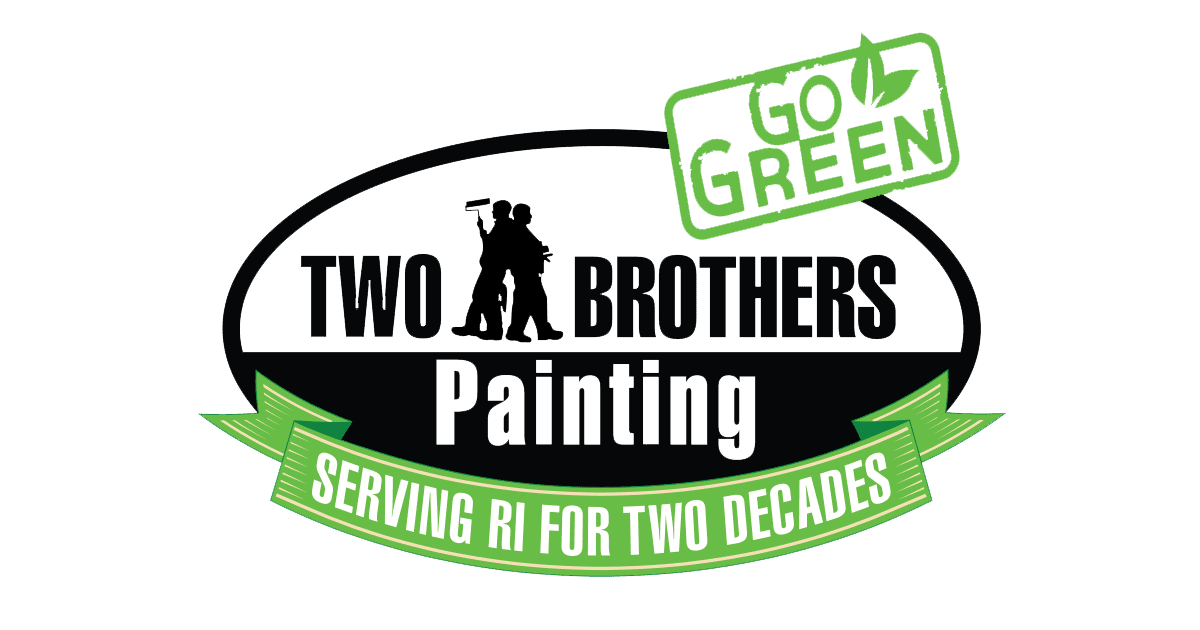The bubbling of deck paint, although a frustrating issue, is a common problem for those who own outdoor structures made of wood. It’s important to first determine why paint bubbles so you can understand which steps are needed to avoid it in the future. The two most common causes for paint bubbling are moisture and temperature changes. When wood absorbs too much liquid, wood fibers swell, causing the surface to expand and paint to peel off. A similar issue can arise during extreme temperatures because when heat builds up underneath the layer of paint, it expands and creates bubbles in the surface. To prevent these issues from occurring you should use high-quality paints that have waterproof properties or apply sealants with durable top coats that protect your deck against elements and help prevent moisture absorption.
Humidity and Temperature Fluctuations
One of the most common causes of paint bubbling is due to extreme changes in temperature or humidity levels. If you apply a coat of paint during a humid day, for instance, the moisture can trap air between layers of paint, resulting in bubbling. The same is true if you apply a top coat on top of a still wet basecoat—the trapped air between them will cause bubbling when the temperature drops.
Improper Surface Preparation
Another factor that could lead to deck paint bubbling is improper surface preparation. Before applying any kind of coating, it’s important to clean and sand the surface thoroughly—any dirt or dust left behind will create an uneven surface that may lead to bubbles forming when the paint dries. It’s also essential to use an appropriate primer before applying your top coats, as this will help ensure proper adhesion and prevent bubbling from occurring.
Using Low Quality Paint Products
Finally, using low quality paints can also contribute to bubbling issues on decks. Inferior paints often don’t contain enough binders and are not formulated for outdoor use, which makes them more prone to bubbling due to environmental factors like sunlight or water exposure. Make sure to invest in high-quality paints for optimal results!
Home owners should understand that many factors can lead to deck paint bubbling, including extreme fluctuations in temperature and humidity levels, improper surface preparation, and using low-quality paints. To avoid having your deck paint bubble up after application, make sure to follow proper painting procedures such as cleaning and sanding surfaces before painting and investing in high-quality products designed specifically for outdoor use. By taking these steps now, you can help ensure your deck has a beautiful finish that stands the test of time!
Free Painting Estimate
Do not fill this form out if you’re a solicitor.

